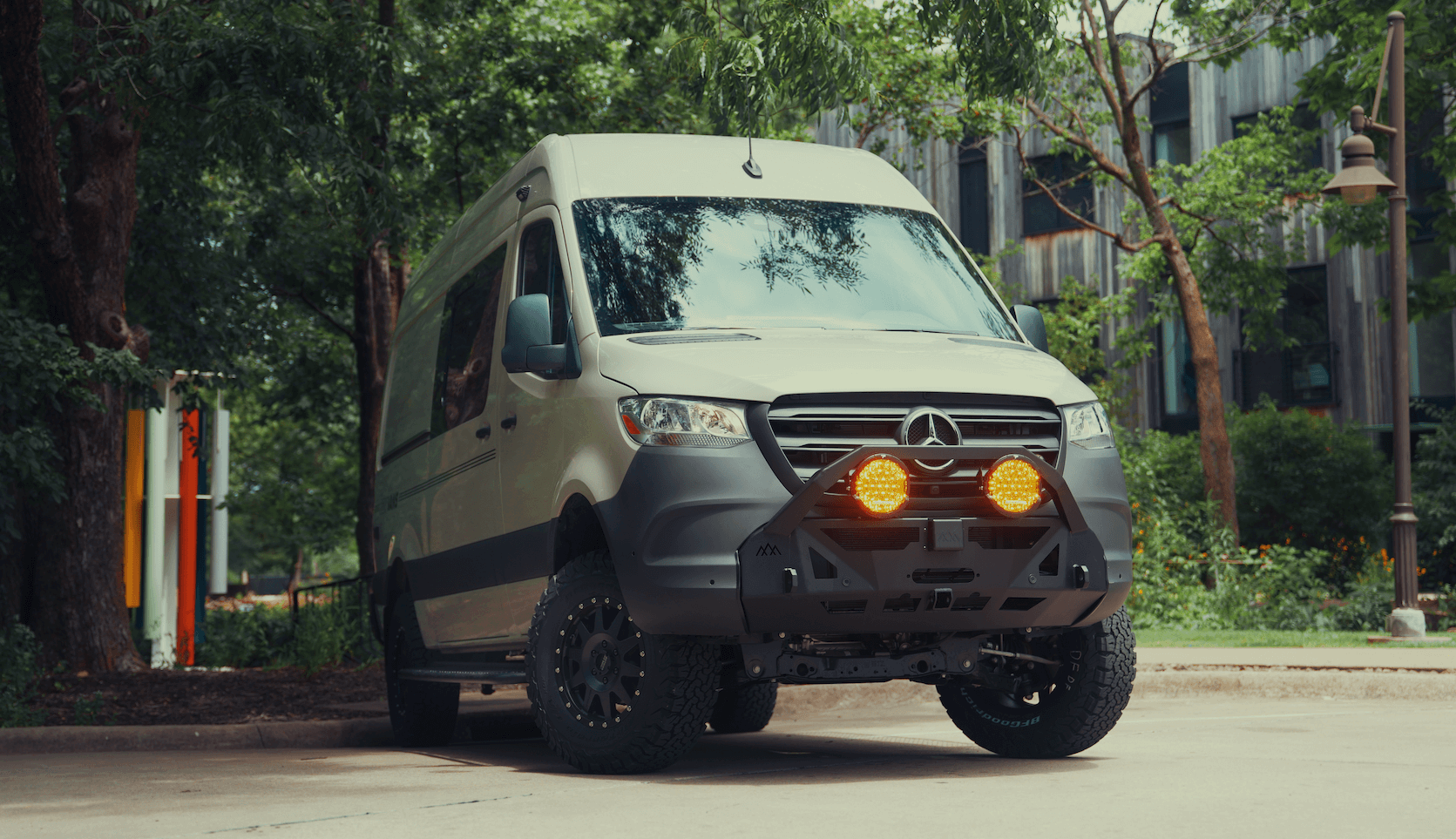Recreational Vans

An electrical panel for a van is the control hub for mobile power. It gathers battery input, splits energy to DC loads and AC outlets, protects every branch with fuses or breakers, and provides monitoring so you can see what is happening. A clear layout prevents confusion during a long trip and makes troubleshooting quick when something goes quiet. Good panels also control how power flows from sources like alternator charging, shore power, and solar.
At a high level, the panel handles two paths:
The panel should be considered a service area. Leave space for hands, tools, and future add ons. A hinged or removable face plate with labels keeps it neat and readable.
A dependable electrical panel for a van groups components by function to reduce clutter and voltage drop.
Use tinned copper wire, quality lugs, and heat shrink. Crimp with a proper tool, then torque and recheck. Keep high current cables short and routed away from heat.
Separate AC and DC wiring paths to reduce noise and simplify service. Label every breaker and outlet with the circuit it belongs to.
Aim for predictable behavior. If a fuse trips, you should know exactly why and what to check next.
Start with a load map. List each device, its current draw, duty cycle, and daily energy budget. This guides battery capacity, solar size, and inverter rating. Then place the panel close to the battery bank to minimize high current cable length. Keep water lines and fuel far from the panel, and leave a drip loop for any cable that might carry moisture.
Key layout tips:
Fuse at the source. Every cable that can carry current from a battery or busbar deserves the correct fuse or breaker sized to protect the wire, not the load. When in doubt, step up the conductor rather than push a small gauge to its limit.
Lithium batteries have different charging profiles than AGM. Your chargers and controllers must be set correctly for the chosen chemistry. If mixing power sources, ensure they agree on voltage targets, and let the device with the best profile handle bulk charging while others float.
Serviceability matters. Imagine diagnosing a fault at night after a washboard road. Clean routing, tight fasteners with thread locker where appropriate, and a printed panel legend reduce stress and downtime.
A modern electrical panel for a van blends multiple power sources without drama.
Prioritize safe isolation between sources and clear indication of what is active. A simple indicator panel can show shore present, inverter on, and charging status at a glance.
When you are ready to move from planning to a finished system, OZK Customs designs and installs complete power panels that match real travel needs. We build around clean distribution, smart charging from alternator, solar, and shore, and quiet wiring that stays put on rough roads. Our team selects components that play well together and arranges them for easy service and future growth. The result is a tidy panel, crisp labels, and power that just works so the trip stays on schedule.
If your van deserves a dependable electrical panel, let us spec, build, and install it with the same care we put into our full custom rigs. Share your power goals and timeline, and we will craft a system that fits your travel style and keeps you comfortable off grid.
We build complete custom vans, partial upfits, overland power systems, and integrated electrical panels tailored to your routes and seasons. Whether you are planning a long cross country loop or frequent weekend escapes, our Fayetteville team can deliver a panel that is quiet, safe, and simple to use.
Ready for a road proven electrical system that just works? Tell us about your van, power needs, and timeline. OZK Customs designs and installs complete panels with safe distribution, clean wiring, and smart monitoring—built for real travel. Start your build plan now.
ADDRESS:
6159 E Huntsville Rd, Fayetteville, AR 72701
PHONE:
(479) 326-9200
EMAIL:
info@ozkvans.com